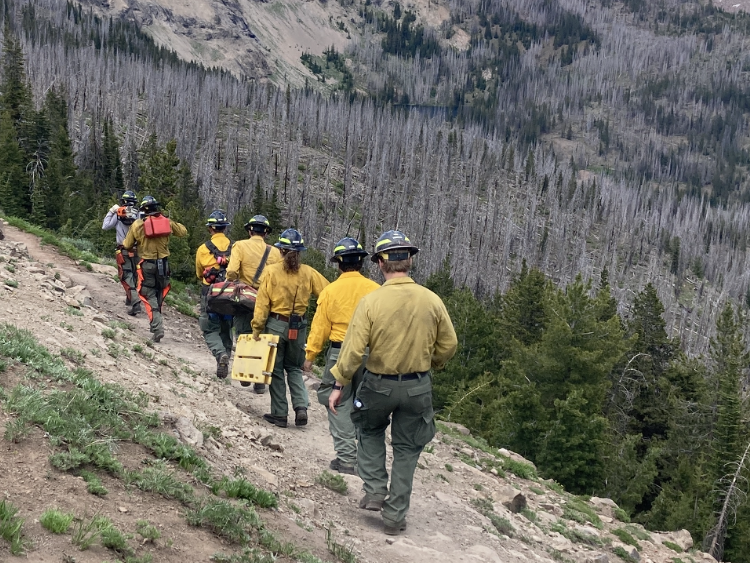Rainfall, snowpacks, lower temperatures belie long-term trends
Published 4:00 pm Thursday, February 19, 2009
Whatever happened to global warming?
That’s what Pacific Northwest farmers were asking themselves last fall, as they looked back at a year of winter storms and heavier-than-normal snowpacks, followed by plenty of cooler-than-usual days during much of the growing season.
For many, it almost seemed as though the clock had been turned back on spring. It wasn’t unusual to have to wait several weeks past normal planting dates to get their crops in.
Now they’re wondering how much warm weather they’ll get before the first frost.
Predictions for equal chances of higher, normal or lower temperatures in the Pacific Northwest for the next three months raise additional questions about whether climate change is real or just another theory whose time has come and gone.
To questions like that, Washington state climatologist Phil Mote explained that what’s happening in the Pacific Northwest is just a small part of the overall global picture.
“The atmosphere plays a shell game, moving heat from spot to spot on the globe,” he said. “If we have a cold summer or a hot summer, that doesn’t say anything about global warming. Over time, statistics are shifting, and there’s more of a likelihood of higher record temperatures.”
According to “Warming in the West,” a report released earlier this year based on statistics kept for 11 Western states by NOAA’s Western Regional Climate Center, the American West is actually heating up faster than the rest of the world.
The agency’s data from 2003-07 shows that the average regional temperature was 1.7 degrees F higher than the 20th-century average – compared with the overall global rise of 1 degree.
Referring to departures from this trend, the Intergovernmental Panel on Climate Control report said it is “virtually certain there has been an increasing trend in global surface temperature over the 20th century, although short-term and regional deviations from this trend occur.”
So what’s causing this sort of deviation here in the Pacific Northwest?
Mote explained that weather in the Pacific Northwest is influenced by a variety of factors – among them the Pacific Ocean, the jetstream in the upper atmosphere and low-level winds.
With the identification in recent years of the strong influence of the tropical Pacific on worldwide weather – including the Pacific Northwest -even more has been discovered about the reasons for weather deviations.
Scientists now know that the ocean-atmosphere condition in the equatorial Pacific known as El Niño/South Oscillation, or ENSO, plays a key role in global weather.
It turns out that El Niño/South Oscillation has two phases.
El Niño, also known as “warm event,” involves warmer-than-average sea temperatures off South America and generally cooler-than-average temperatures in the Western Pacific near Indonesia.
In La Niña, or “cold event,” average temperatures are cooler off South America and warmer than average in the Western Pacific.
Typically, El Niño, or “warm event,” will produce a drier, warmer-than-normal winter in the Northwest, while La Niñas are associated with relatively wet and cool winters.
Then there’s also the Pacific Decadal Oscillation (PDO).
Pacific Decadal Oscillation is a long-term ocean fluctuation of the Pacific Ocean that waxes and wanes approximately every 20 to 30 years. It, too, affects the weather.
Weather predictions
While a few weather models suggest that warmer ENSO conditions will develop and lead to a weak El Niño by the end of the year, the majority of model forecasts suggest that ENSO-neutral conditions will persist through the end of the year and likely through spring 2009.
As for the Pacific Decadal Oscillation, NOAA’s Earth System Laboratory’s PDO forecast model suggests a continuation of negative/cold PDO throughout the rest of 2008.
Cookson Beecher is a staff writer for The Capital Press, based in Sedro-Woolley, Wash.









